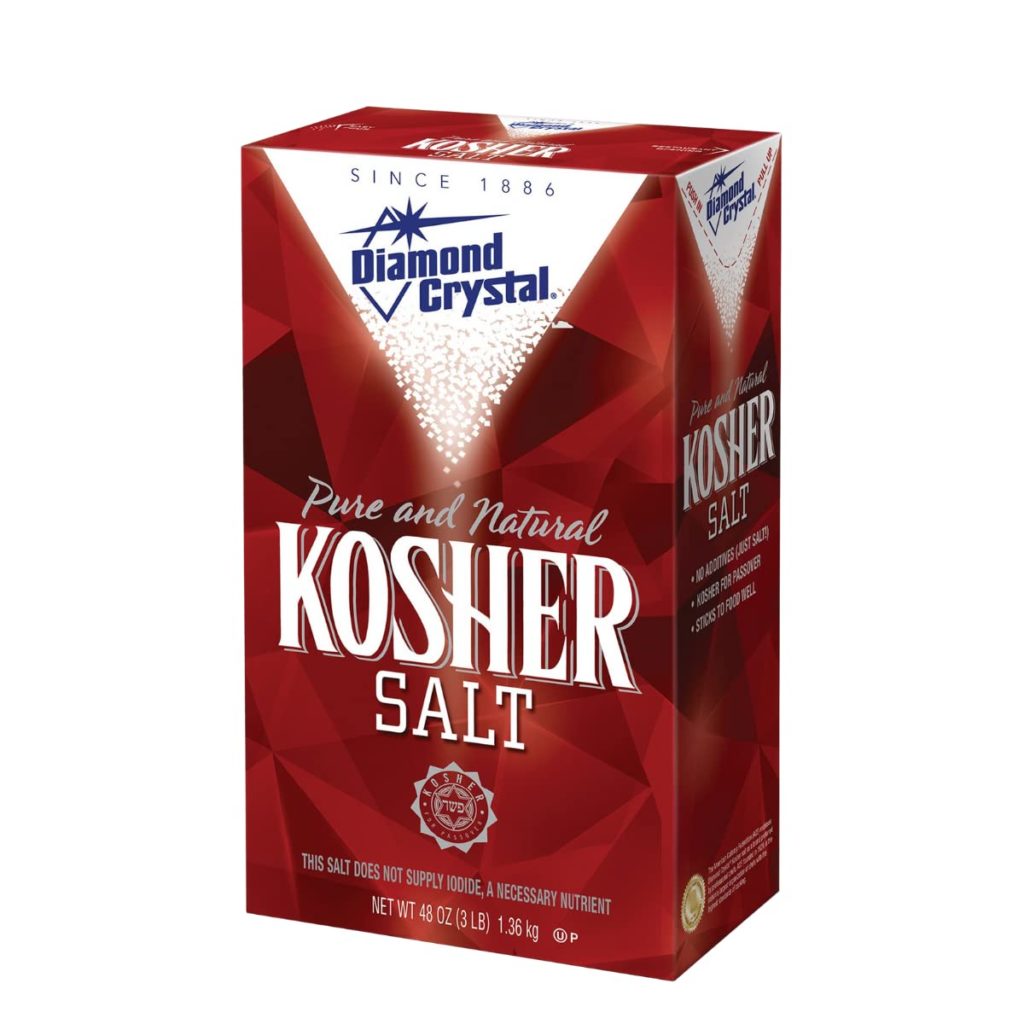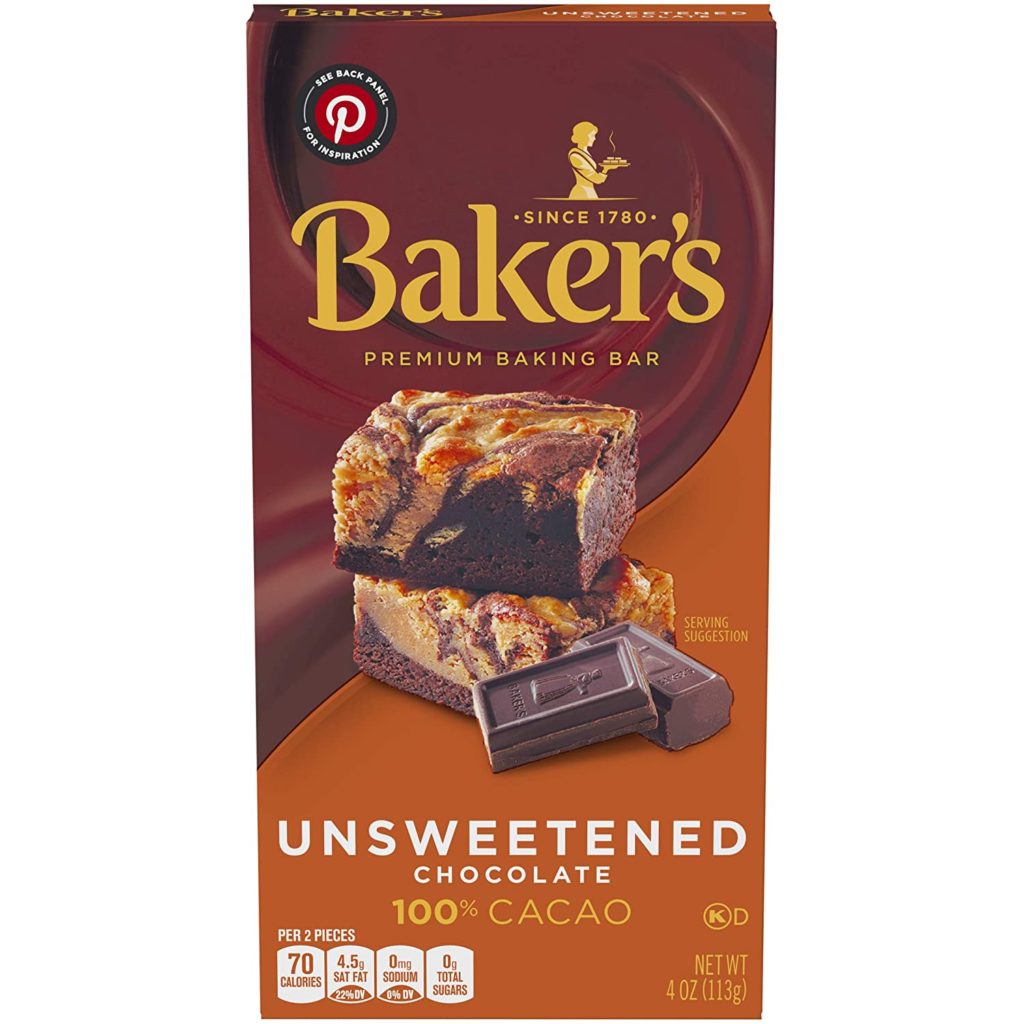Public schools used to have Home Economics classes where girls were taught how to cook. Home Economics courses have largely disappeared from public schools, not because of changing attitudes about gender-specific classes, but simply because cooking classes were relatively expensive. When I was a kid, my sister used to bring home things she made in Home Economics class. I still remember her crackle sugar cookies, which were very good. Below are some useful cooking basics that they used to teach in Home Economics classes. These are not recipes.
WEIGH YOUR INGREDIENTS. Professional cooks don’t measure ingredients by volume but by weight. How much does a cup of packed brown sugar weigh? That can vary depending on how firmly somebody packs the sugar. Just how big is a medium size apple? You can find volume to weight conversion charts on Google.
POTATOES. Panned-fried potatoes should be crispy on the outside and soft on the inside, but most people fail to get their potatoes to come out like that because they overcrowd the pan. Instead of getting crispy, the potatoes drown in their own juice. Use a wider pan. Allow space between the potatoes.
CHEESE SAUCE. There are 2 reasons why cheese sauces come out lumpy instead of smooth. 1. The cheese was covered with sawdust. Pre-shredded and grated cheeses are usually covered with cellulose (sawdust) or starch in order to prevent the cheese from sticking together. Read the label. This is not a problem if you intend to sprinkle the cheese on a salad, but if you want to make a cheese sauce, buy a block of cheese, and shred it yourself. 2. Too much heat. Most cheese will start melting at 90 degrees. If you add cheese to a hot liquid, cheese will lump up.
HARD BOILED EGGS. Hard boiled eggs are easy to make, but a lot of people make a mess of it because of temperature shock. Don’t put cold eggs into boiling water. The shells will crack, the white will leak out, and the shells will be hard to peel off. Put room temperature eggs into room temperature water. Take the eggs out of your refrigerator at least 2 hours before you intend to boil them. Use the freshest eggs you can. It is hard to peel the shells off old eggs.
OUNCES. There are 2 kinds of ounces, liquid ounces and dry ounces, and they are completely different. Liquid ounces are a measure of volume. Dry ounces are a measure of weight. For example, if a recipe calls for 8 ounces of powdered sugar, that means they want you to use 8 dry ounces, or 1/2 pound, of powdered sugar. Measuring cups measure liquid ounces. An 8-ounce cup of powdered sugar weighs 4.5 ounces.
KOSHER SALT. Kosher salt is not like holy water. Holy water is water that has been blessed by a priest. Kosher salt is not salt that has been blessed by a rabbi. Kosher salt is chemically different from table salt. Professional bakers use kosher salt because kosher salt does not contain iodine (which is bitter) or anti-caking chemicals found in table salt. Kosher salt makes baked goods taste better and less salty. Kosher salt also sticks to food better than table salt. That’s why most steakhouses use kosher salt. Buy iodized salt for table use. Iodine deficiency causes thyroid problems.

BAKER’S CHOCOLATE. Baker’s chocolate is not baking chocolate. If a recipe calls for baking chocolate, that means that you should use unsweetened dark chocolate. Baker’s chocolate is a brand of chocolate, not a type of chocolate. Baker’s Chocolate Company was founded by James Baker, who named the company for himself. Baker’s makes baking chocolate, but they make many other kinds of chocolate as well.

BROWN SUGAR. Brown sugar is not natural sugar. People associate brown with natural and white with refined. White rice is made by removing the bran and germ from brown rice, and white flour is made by removing the bran and germ from whole wheat, which is also brown. However, that model does not apply to sugar. Brown sugar is made from white sugar. Refining sugar cane produces 2 products, white sugar and molasses. Brown sugar is simply refined white sugar with some of the molasses added back in.
How to Keep Brown Sugar from Getting Hard. If left in a box or bag, brown sugar will eventually become hard as a rock and unusable. Lots of websites sell ‘sugar savers’, devices designed to keep brown sugar soft. Forget about those things. There is a better way to keep brown sugar soft. Just put your brown sugar in a freezer ziplock bag and toss it in your freezer. ‘Sugar savers’ made sense back in the days before people had refrigerators with freezers, but there is no need for them now. Brown rice and whole wheat flour should also be stored in the refrigerator or freezer if you use them infrequently. The oil in the germ will go rancid with time at room temperature.
Are you interested in more kitchen basics?
